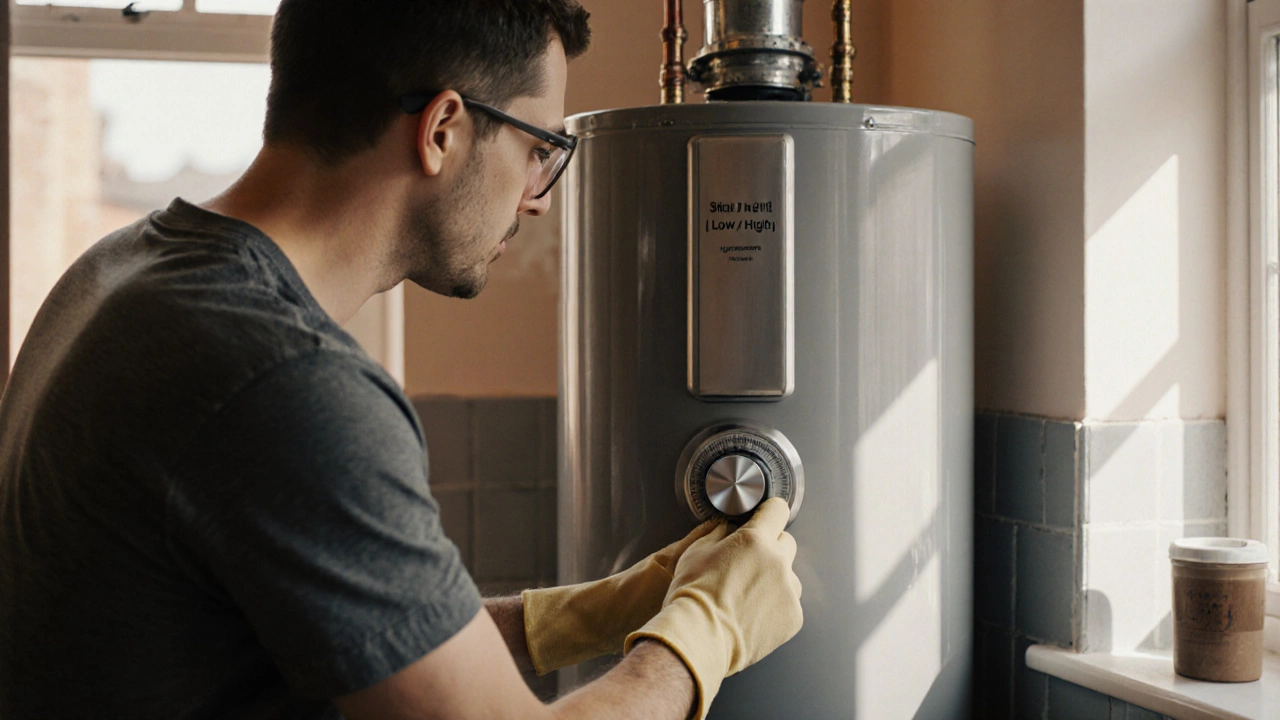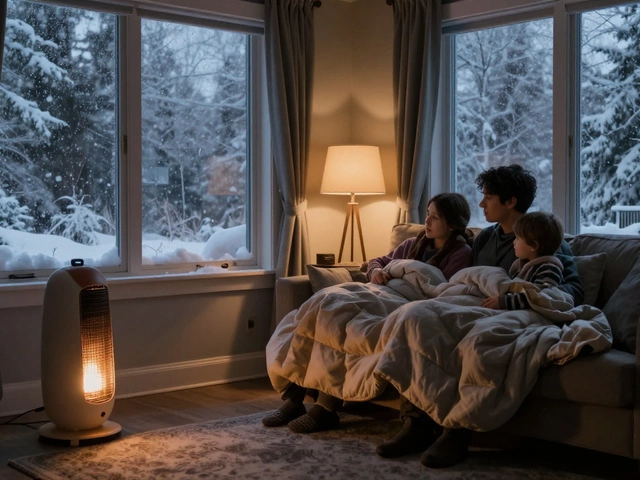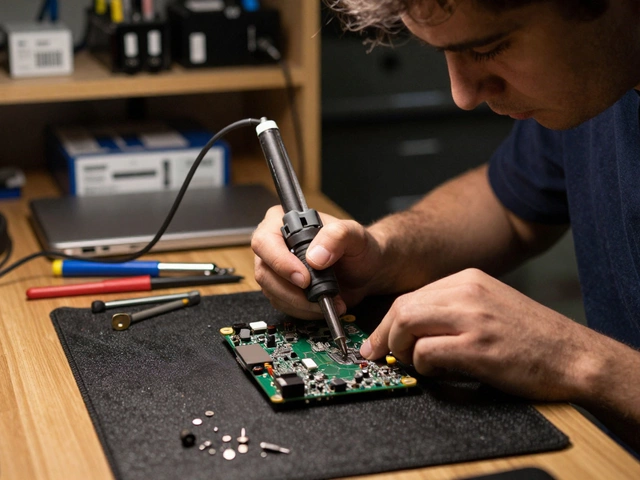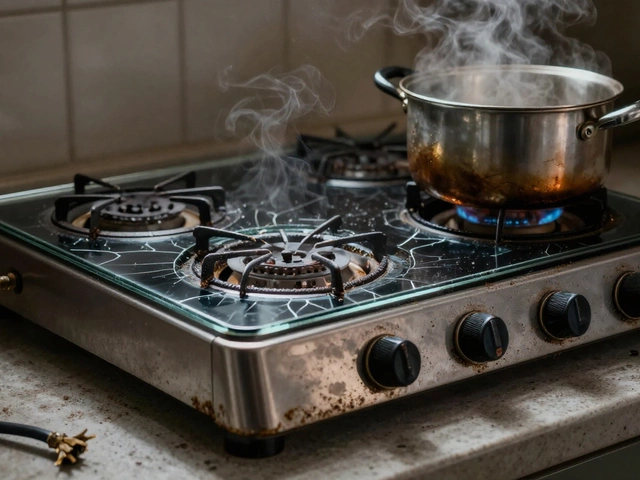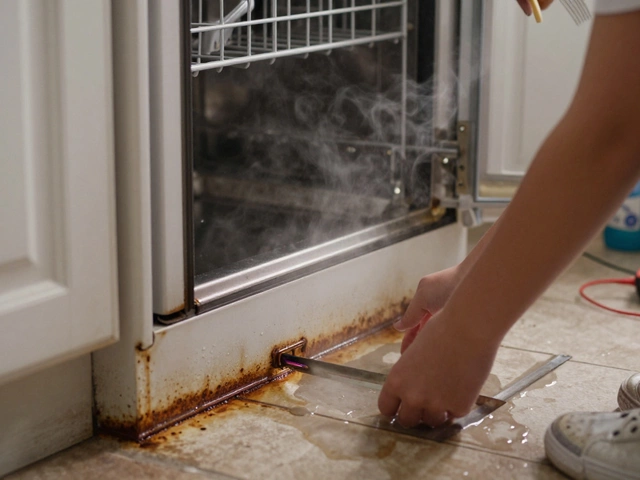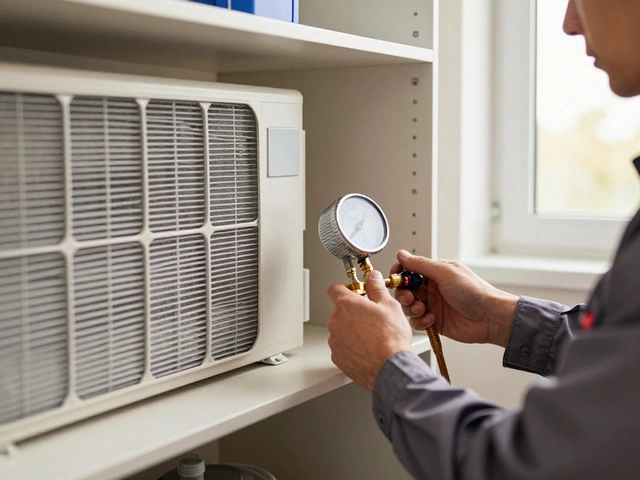Fix No Hot Water – Quick Guides & Expert Advice
When dealing with No Hot Water, the condition where a home’s hot water supply stops working. Also known as cold water problem, it often signals a deeper issue with your heating system.
Most households hit this snag because the water heater, the appliance that heats and stores water for taps and showers isn’t delivering heat. That failure can stem from a broken heating element, a burnt-out pilot light, or a stuck thermostat. Speaking of which, the hot water thermostat, a sensor that regulates water temperature inside the heater is a frequent culprit – if it reads too low, the heater won’t fire up. Another common source is the boiler, the central unit that can provide hot water and space heating. A pressure drop, a faulty pump, or a blocked heat exchanger in the boiler can instantly cut off hot water flow. When any of these components misbehave, the result is a classic “no hot water” scenario.
First Checks and Quick Fixes
If you’re staring at a cold shower, start with the simplest step: locate the reset button, a safety feature on many water heaters that trips when the unit overheats. Press and hold it for about 30 seconds – many users get hot water back without further work. This no hot water reset often clears a temporary overload. If that doesn’t help, verify the power supply to the heater and ensure the gas valve (for gas models) is open. Next, check the temperature setting on the thermostat; a low setting will make the water feel lukewarm or cold. Finally, inspect the boiler’s pressure gauge – low pressure can prevent the boiler from sending hot water to the taps.
When those basics don’t solve the problem, it’s time to dig deeper. Test the heating element with a multimeter; continuity indicates a good element, while an open circuit means replacement is needed. Examine the pilot light on gas heaters – a flame that won’t stay lit often points to a dirty or faulty thermocouple. For electric heaters, a tripped circuit breaker or blown fuse can be the silent offender. If the thermostat feels suspicious, you can swap it with a known‑good unit to see if the heater fires up. Should the boiler be the source, look for error codes on the control panel; many modern boilers display a blinking light that corresponds to a specific fault, such as a blocked condensate pipe or a failing circulation pump. In any case, the key is to isolate the component that’s breaking the hot water chain and either fix or replace it.
Armed with these checks, you’ll be able to pinpoint why your home is missing hot water and decide whether a quick DIY fix will do or if a professional call is the safer route. Below you’ll find a range of articles covering everything from thermostat testing to boiler maintenance, all designed to get your showers steaming again.
How to Fix a Cold Water Heater: Step‑by‑Step Guide
- Alden Wilder
- Oct 17 2025
- 0 Comments
Learn why your water heater is delivering cold water and follow a step‑by‑step guide to fix thermostat, dip tube, heating element, and more, safely restoring hot water at home.
View More